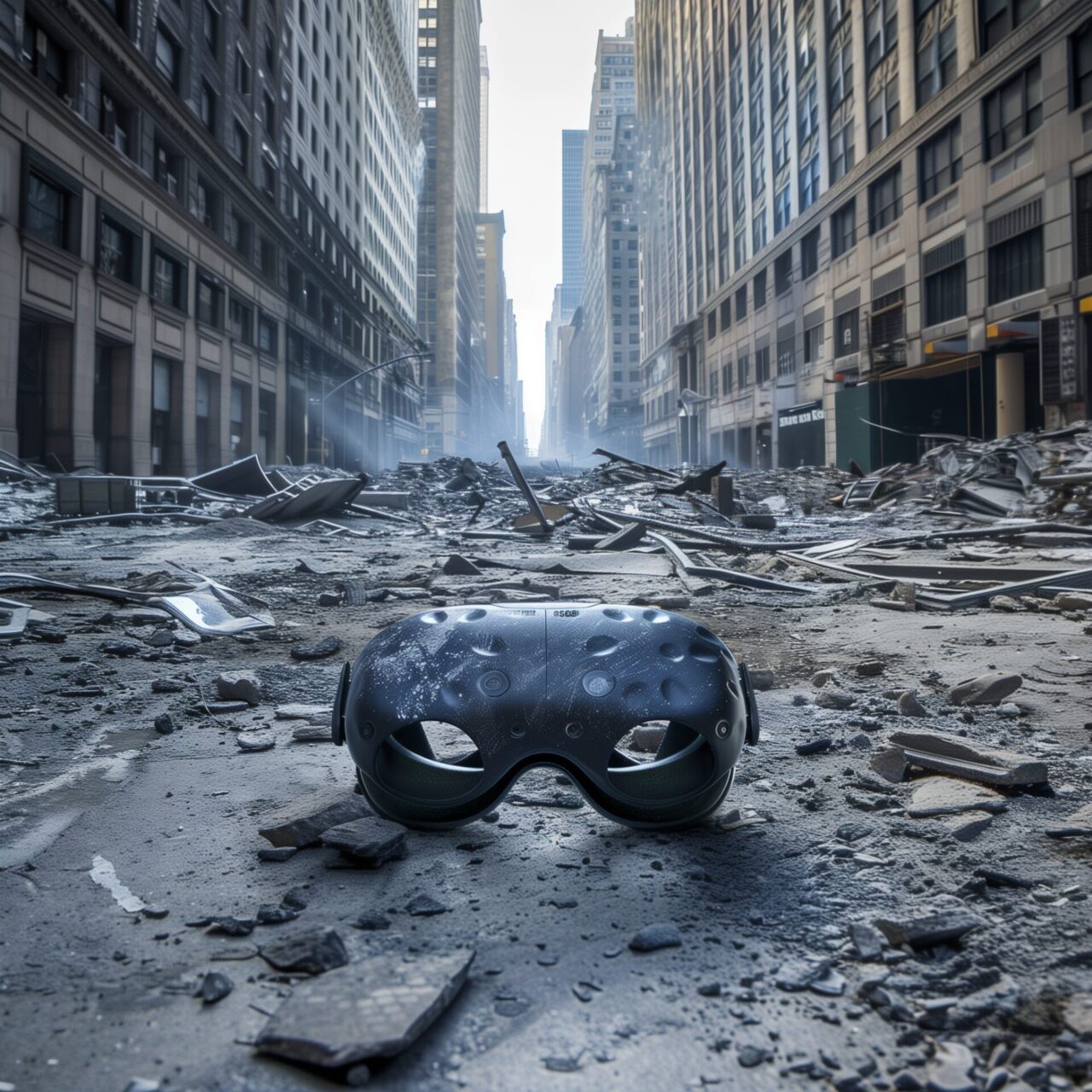
More Than Human
Theodore Sturgeon, one of the most incisive thinkers of the science fiction genre, creates a fascinating panorama of human evolution in “More Than Human”. This novel, published in 1953, is considered one of his most important works and explores the concept of “Homo gestalt” – a new level of human consciousness created by the fusion of individual talents into a collective intelligence.
Structure and context
“More Than Human” is divided into three interconnected parts, which together describe the transformation of a group of outsiders who can do little in isolation, but together form a new way of being. This “gestalt” represents an advanced form of coexistence that goes far beyond what single individuals could achieve.
The characters: marginalised figures in society
The main characters of the novel are individuals who are on the fringes of society: an autistic girl who lives without speech, an idiot who has the ability to move objects with his mind, and a telepathic “baby” who holds the group together. Sturgeon’s empathetic portrayal gives these characters depth and dignity, turning their weaknesses into strengths and emphasising their humanity in an often inhuman world.

Thematic explorations: Ethics and Evolution
Sturgeon uses the novel to ask profound questions about the nature of humanity, the ethics of evolution and the possibility of a higher human existence. He asks what it means to be human and whether the pursuit of a higher form of existence is morally justified. These questions are embedded in a story that illuminates both the dark side of human nature and the radiant potential of human development.
Philosophical and social implications
“More Than Human” is rich with philosophical implications that go beyond the simple science fiction narrative. Sturgeon explores how individuals who are excluded from society can not only survive but also create a superior way of life through co-operation and interdependence. The novel is a subtle critique of contemporary society, which often ignores or abuses the potential of its most marginalised members.
Theodore Sturgeon’s “More Than Human” remains a pivotal text for anyone interested in the limits of human capabilities and the ethical dimensions of evolution. With its complex portrayal of individuality and community, the novel provides a rich source of discussion about the future of humanity and the role individuals can play in an increasingly interconnected world. Blending scientific speculation with profound characterisation, More Than Human remains an essential work in the library of science fiction.


